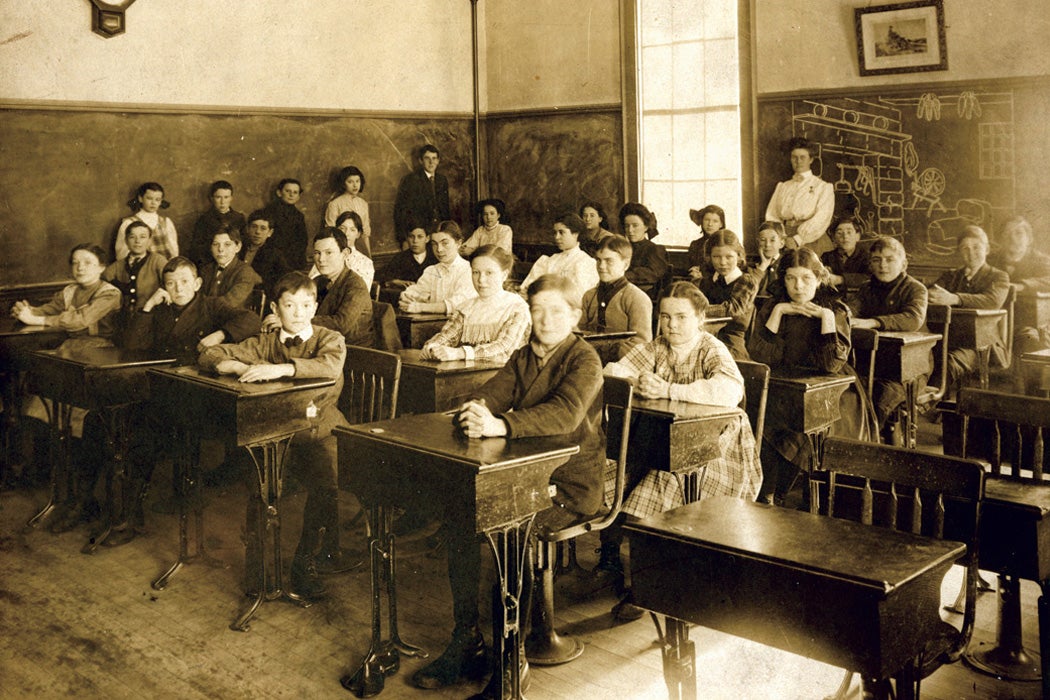American Routes: Racial Palimpsests and the Transformation of RacePosted in Books, History, Louisiana, Media Archive, Monographs, Passing, Social Science, United States on 2019-01-22 01:31Z by Steven |
American Routes: Racial Palimpsests and the Transformation of Race
Oxford University Press
2017-04-18
296 pages
6-1/8 x 9-1/4 inches
Hardcover ISBN: 9780190624750
Angel Adams Parham, Associate Professor of Sociology
Loyola University, New Orleans, Louisiana
Reviews and Awards
- Co-winner, 2018 Allan Sharlin Memorial Award, Social Science History Association
- Honorable Mention, Thomas and Znaniecki Book Award, International Migration Section, American Sociological Association
- Co-winner, Barrington Moore Book Award in Comparative and Historical Sociology, American Sociological Association
Overview
- The first comparative sociological study of nineteenth century white and free black immigrants to the US
- Challenges the reliance of immigration scholarship on the historical experiences of European immigrants
- Combines archival research, interviews, oral histories, and participant observation to trace the experience of white and black refugees and their descendants in Louisiana over two hundred years
American Routes provides a comparative and historical analysis of the migration and integration of white and free black refugees from nineteenth century St. Domingue/Haiti to Louisiana and follows the progress of their descendants over the course of two hundred years. The refugees reinforced Louisiana’s tri-racial system and pushed back the progress of Anglo-American racialization by several decades. But over the course of the nineteenth century, the ascendance of the Anglo-American racial system began to eclipse Louisiana’s tri-racial Latin/Caribbean system. The result was a racial palimpsest that transformed everyday life in southern Louisiana. White refugees and their descendants in Creole Louisiana succumbed to pressure to adopt a strict definition of whiteness as purity that conformed to standards of the Anglo-American racial system. Those of color, however, held on to the logic of the tri-racial system which allowed them to inhabit an intermediary racial group that provided a buffer against the worst effects of Jim Crow segregation. The St. Domingue/Haiti migration case foreshadows the experiences of present-day immigrants of color from Latin-America and the Caribbean, many of whom chafe against the strictures of the binary U.S. racial system and resist by refusing to be categorized as either black or white. The St. Domingue/Haiti case study is the first of its kind to compare the long-term integration experiences of white and free black nineteenth century immigrants to the U.S. In this sense, it fills a significant gap in studies of race and migration which have long relied on the historical experience of European immigrants as the standard to which all other immigrants are compared.
Table of Contents
- List of Charts and Figures
- Acknowledgements
- Introduction
- Chapter 1: Racial Systems and the Racial Palimpsest
- Chapter 2: St. Domingue as Training Ground: Color, Class, and Social Life Before Louisiana
- Chapter 3: White St. Domingue Refugees and White Creoles in Nineteenth Century Louisiana
- Chapter 4: St. Domingue Refugees and Creoles of Color
- Chapter 5: Twenty-first Century Remnants of a White Creole Past
- Chapter 6: Into the Twenty-First Century: Creoles of Color Finding Their Way
- Chapter 7: Conclusions: Racial Palimpsests and the Transformation of U.S. American Regions
- Appendix
- Notes
- References
- Index





/1/m_ddsmx_22_1_55_cover.png?Expires=1546749584&Signature=OzuKx9cYSIs5e~~A83v-92MMVrVp3FLzN3fSkmShk6Sr6r8G9G-8pVxN~DmWMiLyl~Y5scVkjZyWwopNVRYc9A8oN5SAXBwYH~ZxMvu~76jxZ-2UZyMI7OxfuSiNUXO1do~GE4nJ7FYpod9Jt4XCtPyR54WbBTeVdkTa7qV29vrlk6~8cwqYetwKaB5RhWm14u0J5AJxaXyWAAwTwuZwwASOz3jasCrF~L0kNjbA4vSYzrT7ExgqAedKwNstwZ66f1oh4uTcP1EKW7GvpymsTmq6VC~ERE3RRBJcbPHKuGlsqZWI2wXFPghHoyVdkAiTpWWGXSlMG6Fbm0BSQClJGg__&Key-Pair-Id=APKAIE5G5CRDK6RD3PGA)
